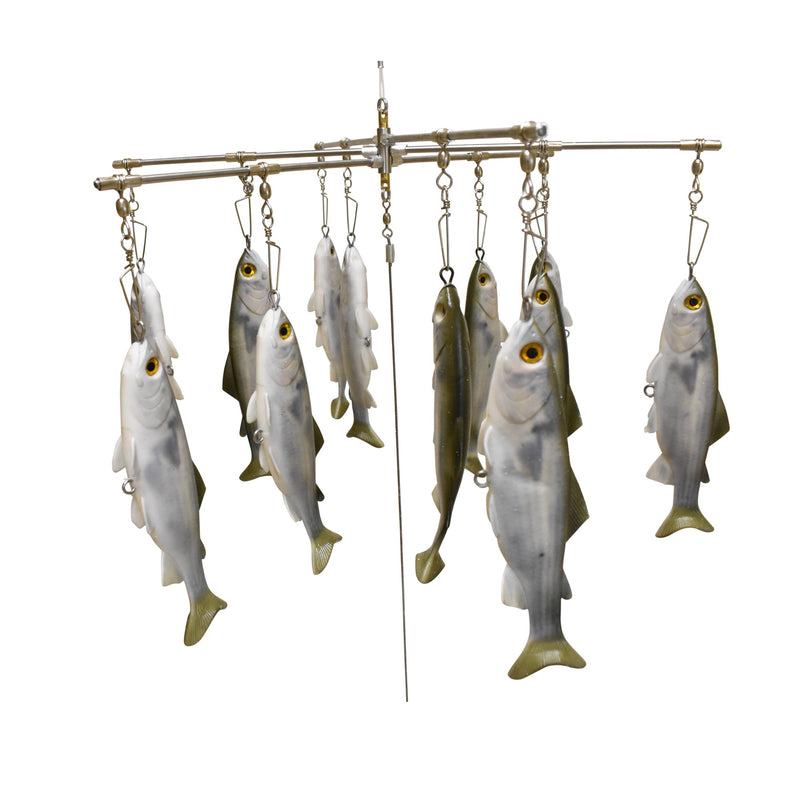
Reported landings by year, 1960–2013, in the San Matías Gulf dredge (grey bars) and diving fishery (white bars) arrow indicates a total landing of 2 t in 2013 season. Although management became more conservative starting in 1986, including an annual survey of the grounds, a new collapse could not be prevented, and the fishery was closed again in 1991.įigure 25.7. From 1982, the fishery has been regulated by a minimum commercial size (60 mm), an annual Total Allowable Catch (TAC), industrial company quotas, a fishing season (winter/early spring), and rotation of areas ( Ciocco et al., 2006). The third pulse was based on a significant settlement in the N-NE area in 1986, while the traditional NW grounds were depleted, and no significant recruitment occurred until 1999. New fishing beds were discovered in the N-NE part of the Gulf allowing rotation of areas in 1984. Only dredgers participated during the first and largest two pulses, both centred on the NW grounds. Annual landings have ranged between 2 t in years when the fishery was open ( Figure 25.7 ). by exposing underlying anaerobic sediments ( Watling et al., 2001 Kaiser et al., 2002).ĭredge and commercial diving fisheries target nearshore grounds located off the NW and NE coasts of the San Matías Gulf. In addition, the removal or disturbance of surface sediments can change patterns of nutrient cycling or carbon flux, e.g.

Any changes in sediment topography will likely alter near bed hydrodynamics, which can result in the deposition of fine sediments ( Probert, 1984 Dernie et al., 2003).

Scallop dredging can also move and/or remove significant quantities of stones and boulders from fishing grounds ( Eleftheriou and Robertson, 1992 Bradshaw et al., 2002), which has been reported to cause shifts in the granulometric structure of surface sediments ( Hall-Spencer and Moore, 2000). In their place, dredging can sculpt the sediment into 3 cm high ridges, which can persist for up to 3 years in low wave/tide energy environments ( Hall-Spencer and Moore, 2000).

Natural seabed features such as ripples, pits, and burrows can all be eliminated by scallop dredging ( Currie and Parry, 1999). Overall, the general effect is to cause homogenisation of substrates and topography through penetration, mixing, and flattening of sediments ( Collie et al., 2000 Figure 14.4).


 0 kommentar(er)
0 kommentar(er)
